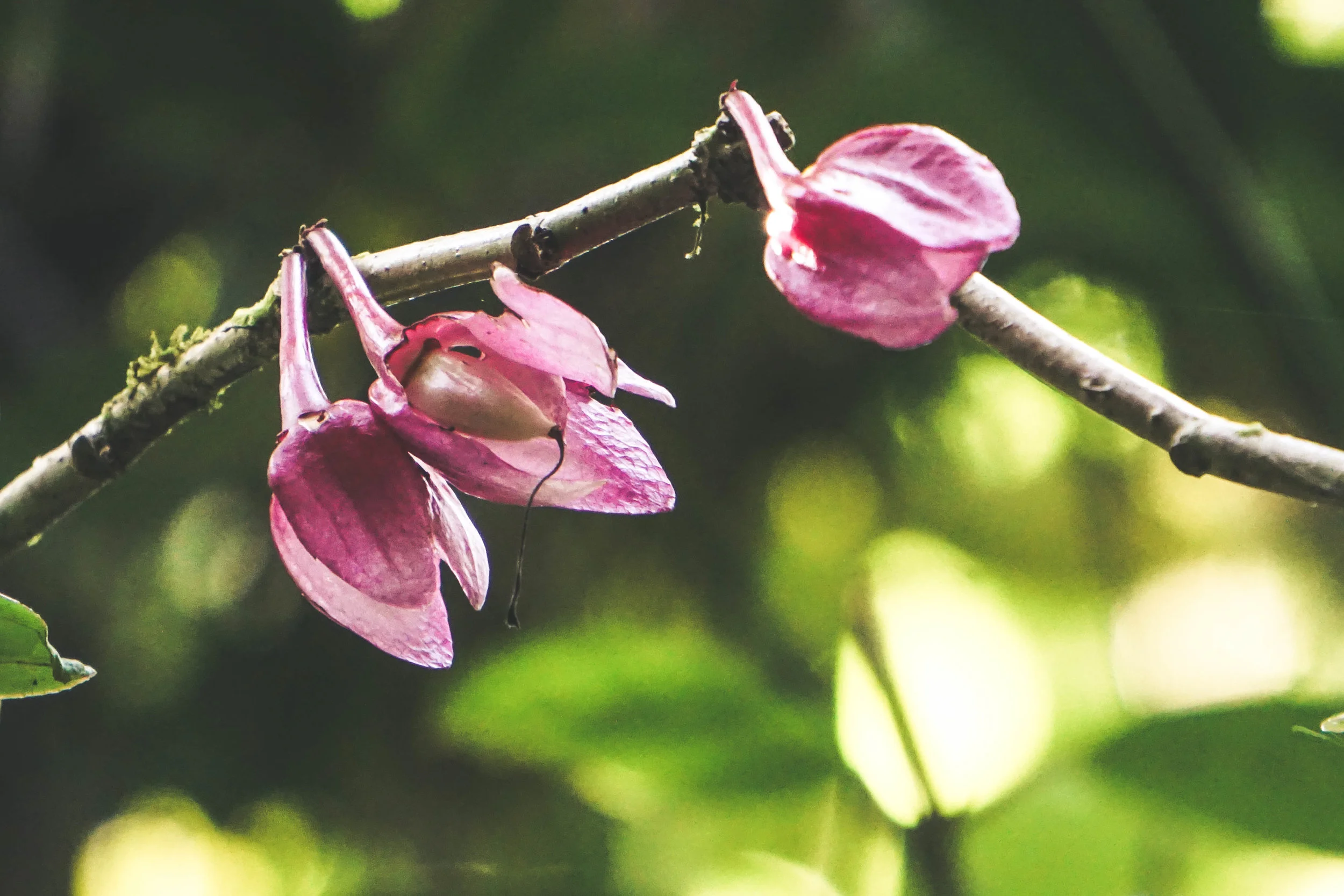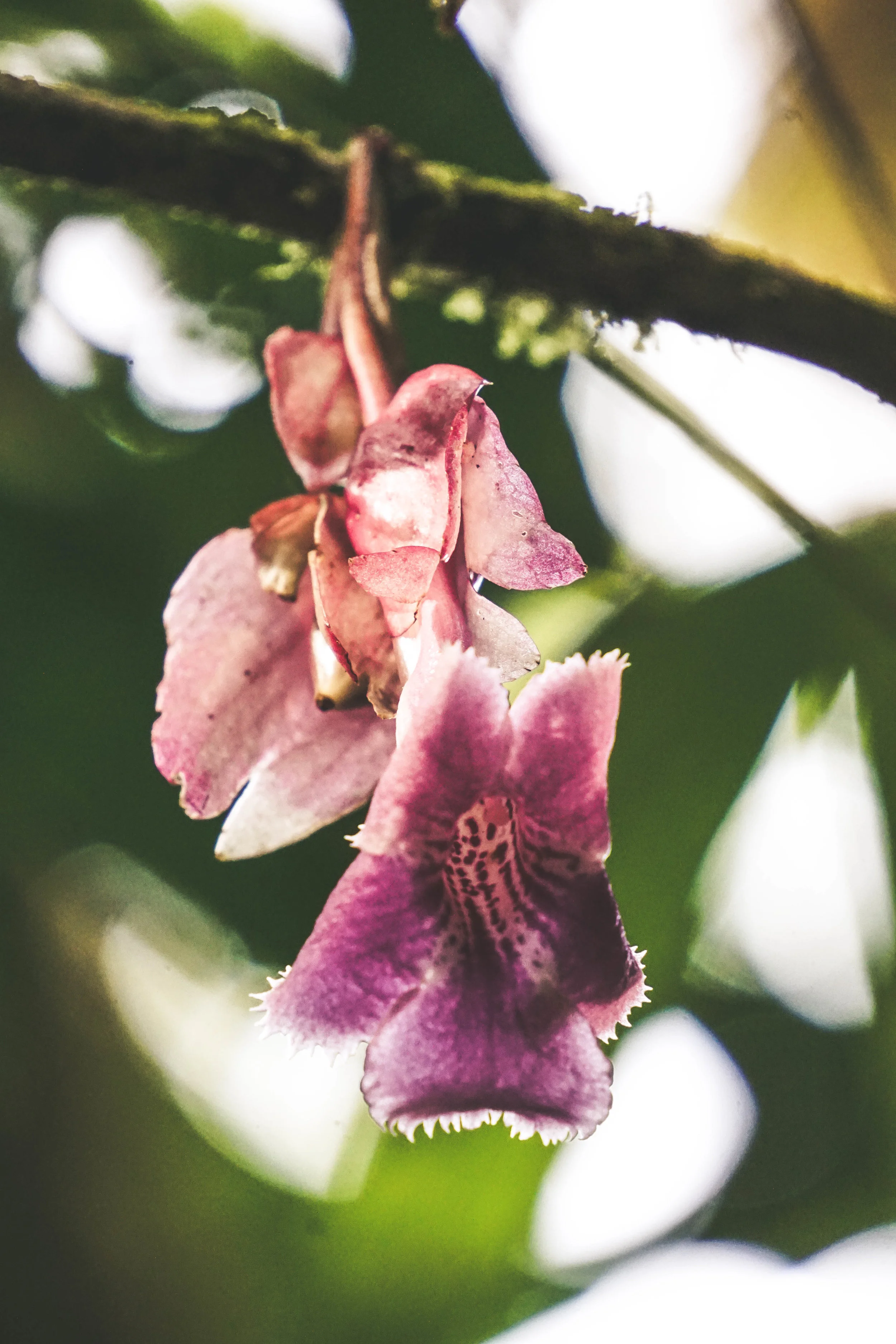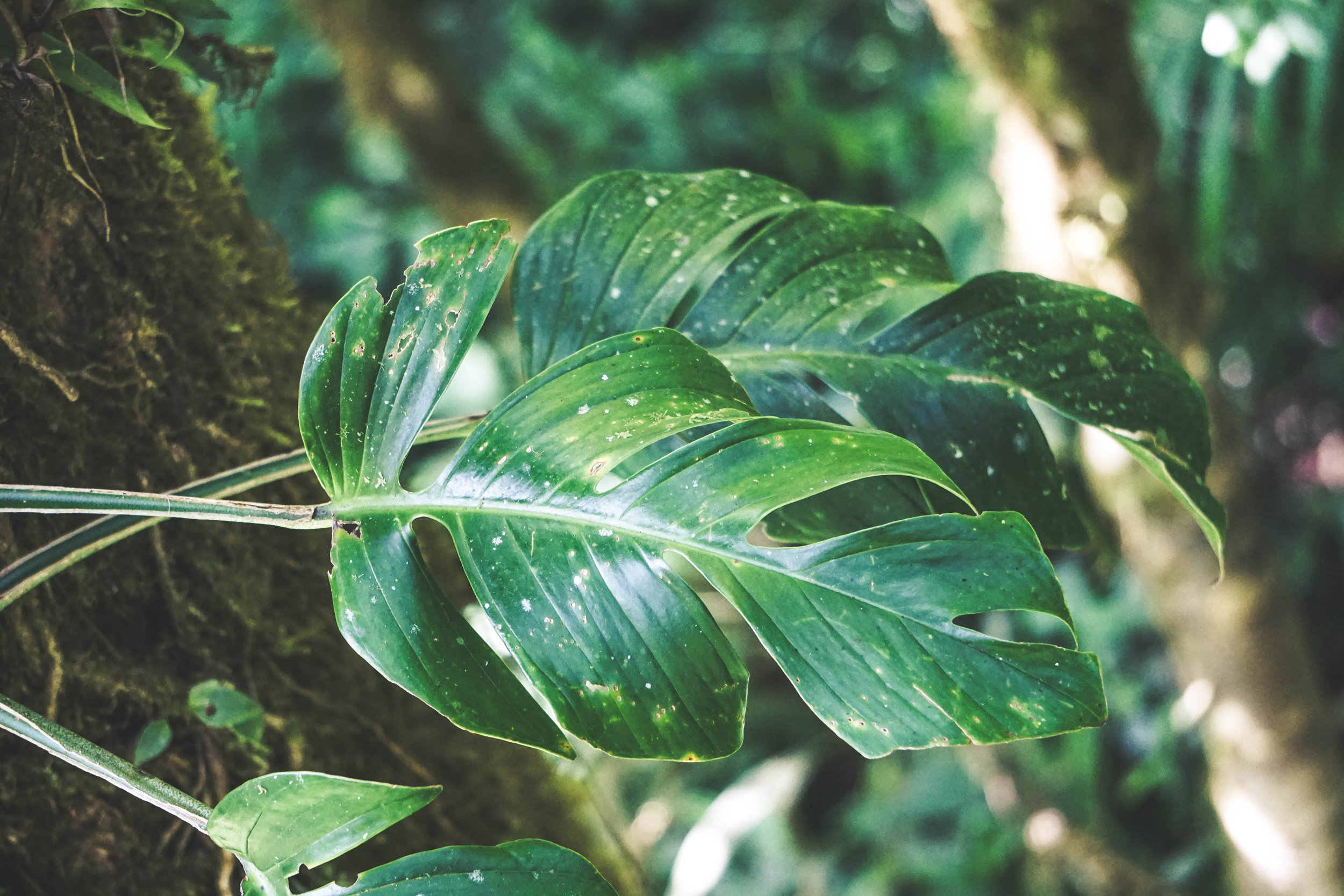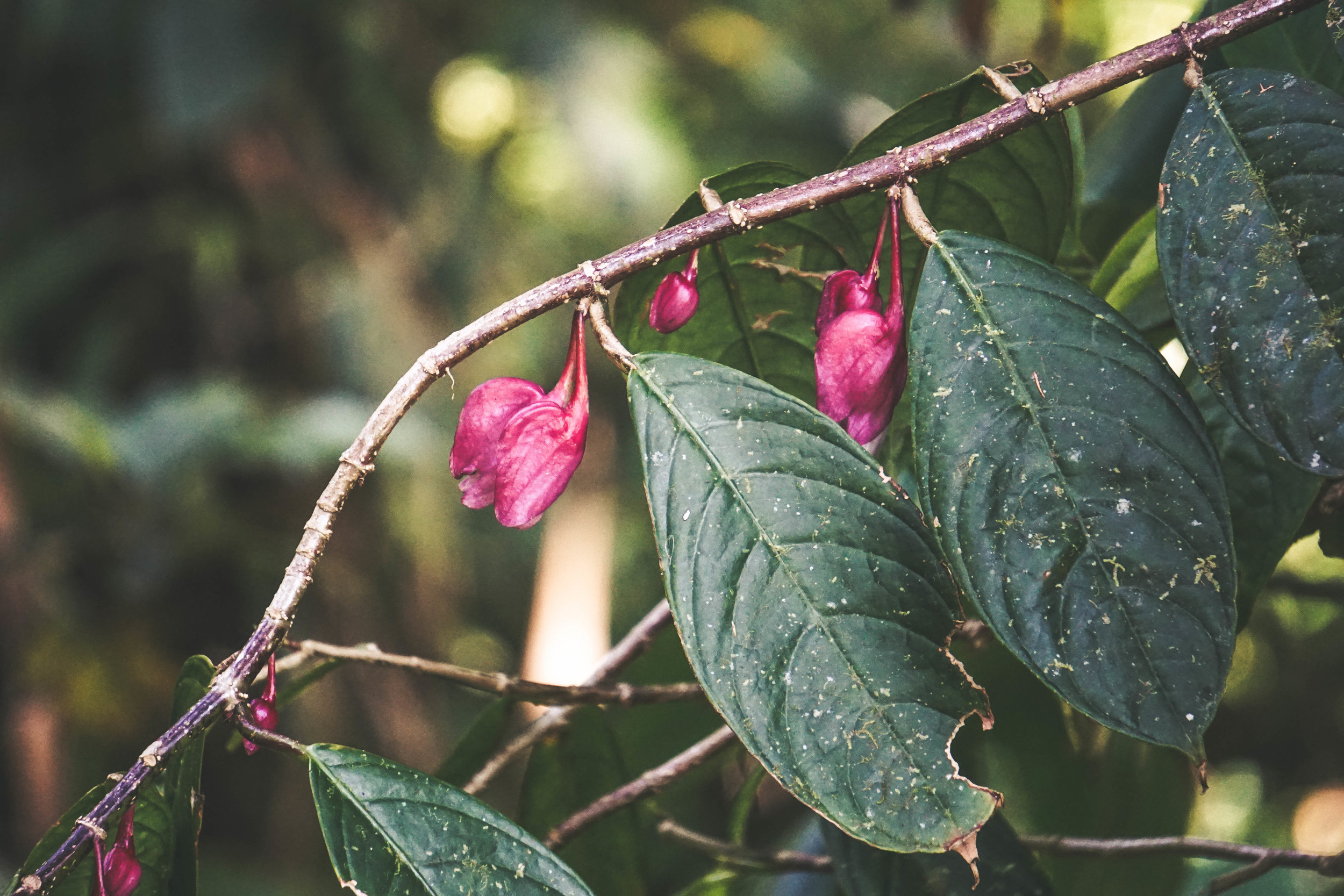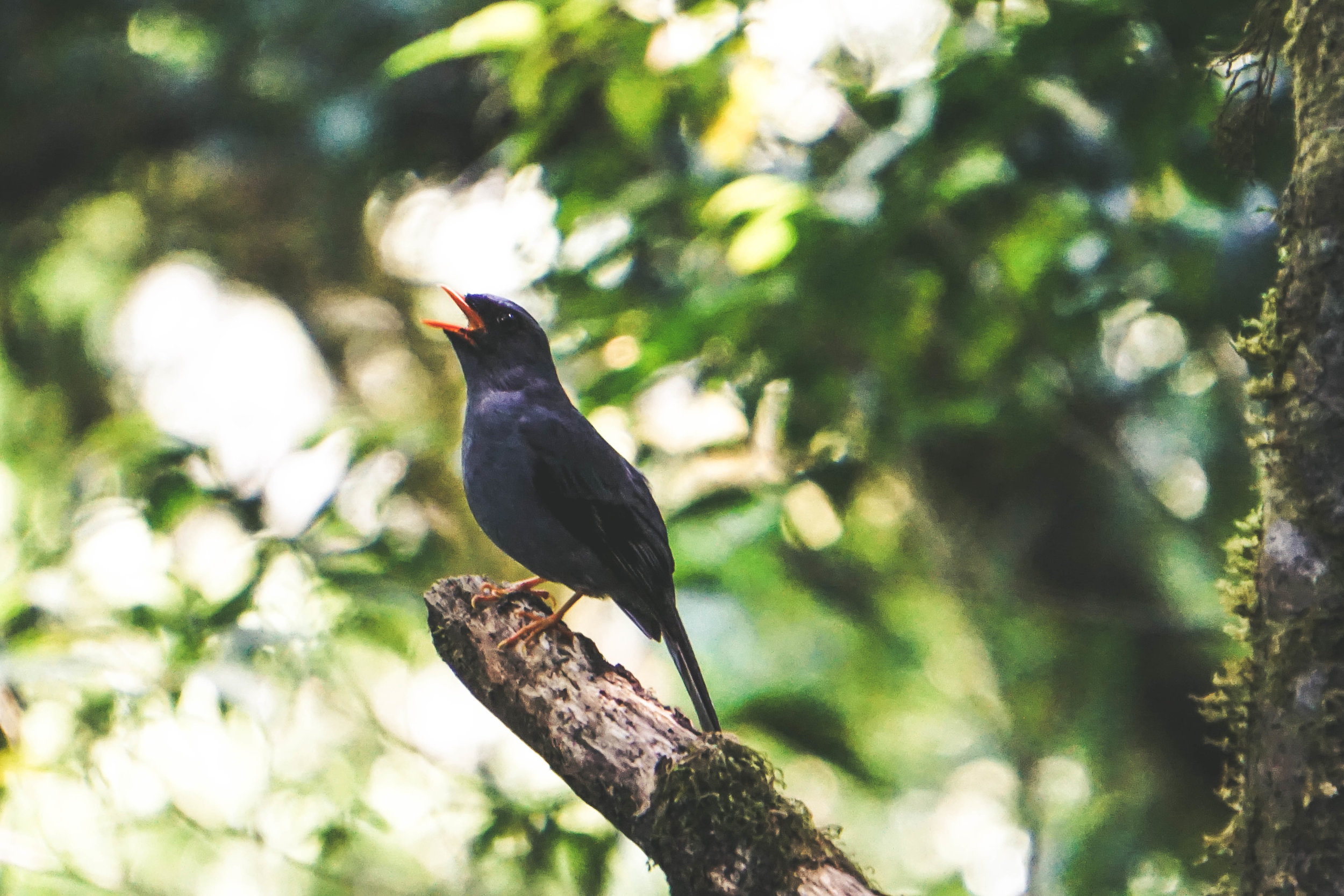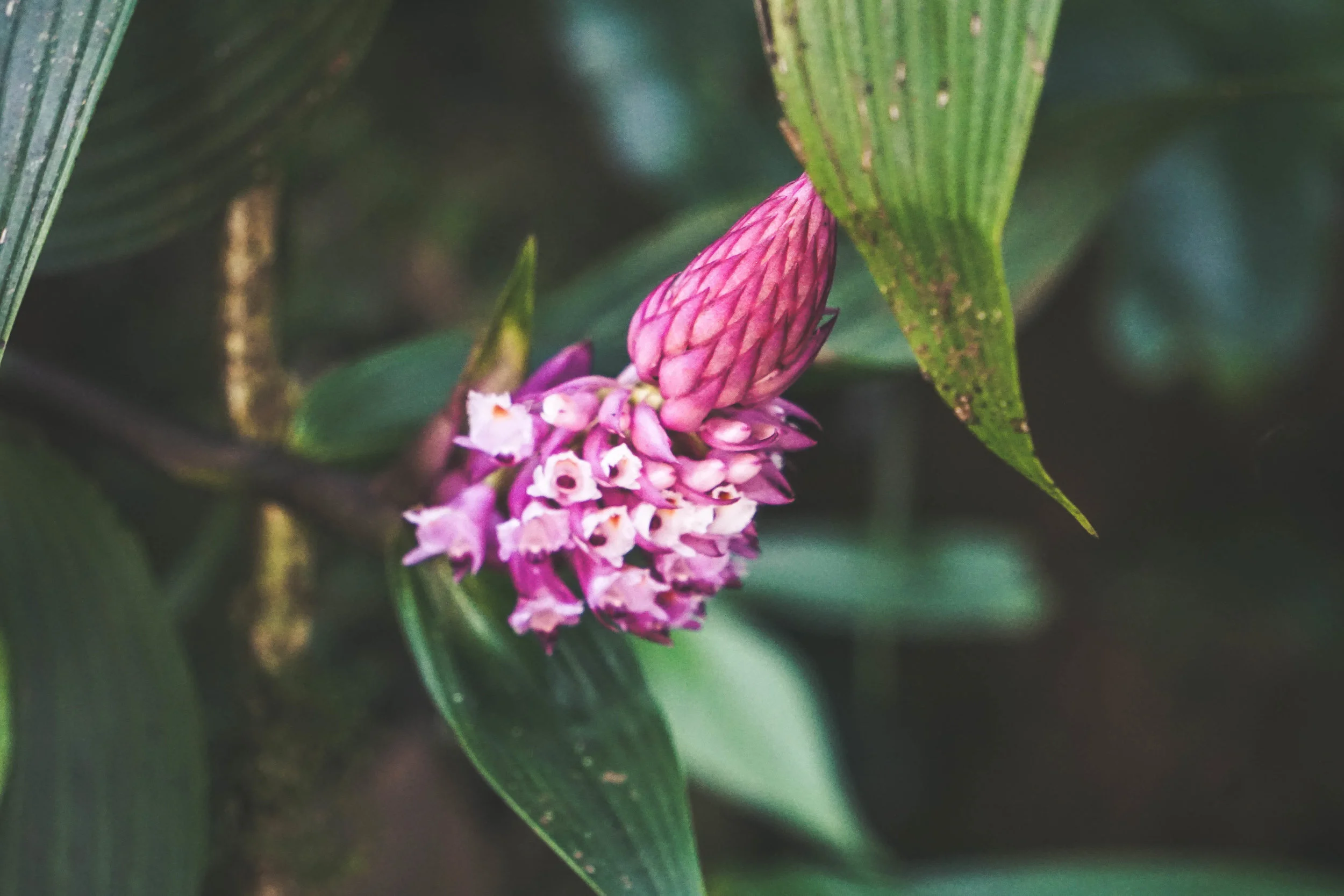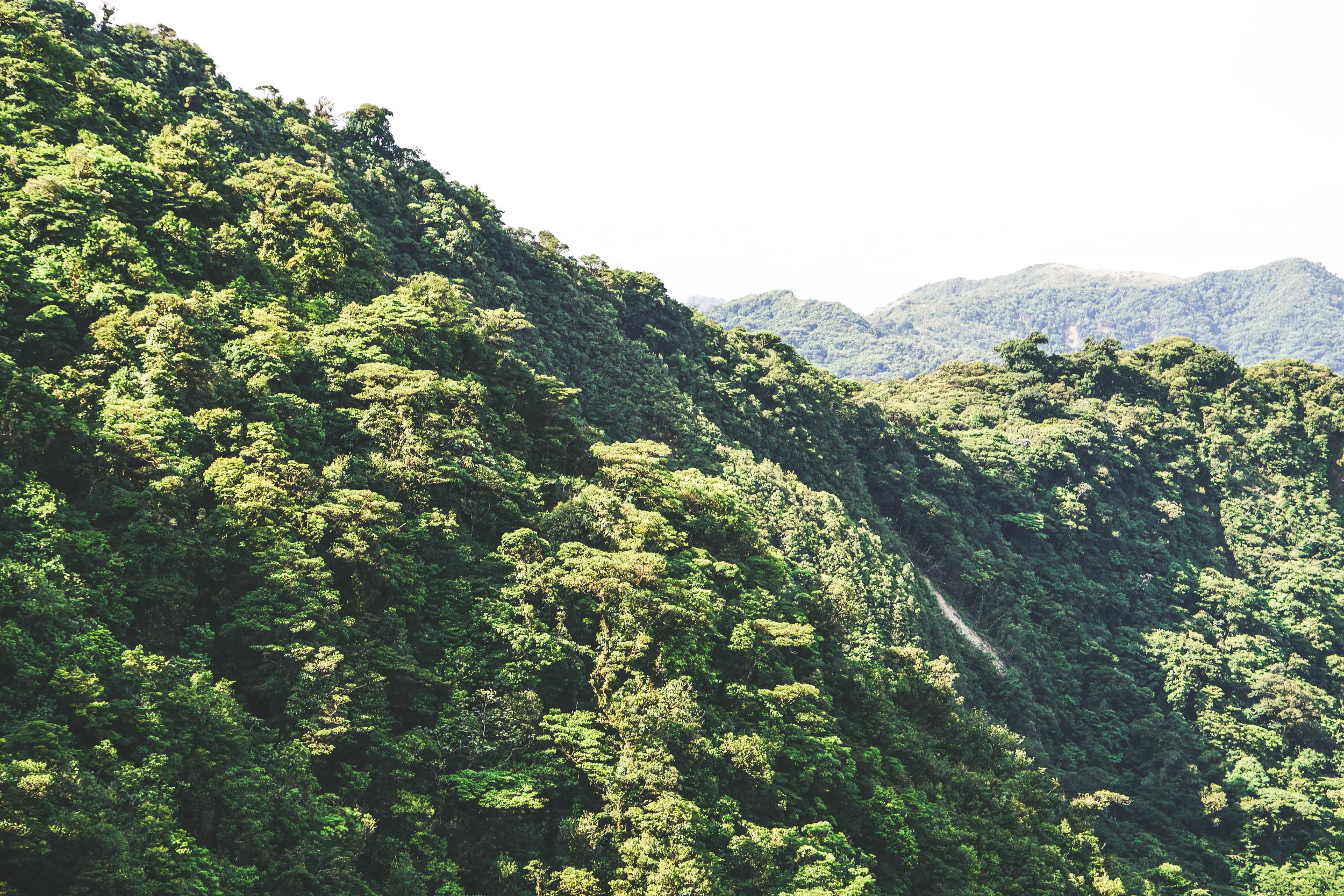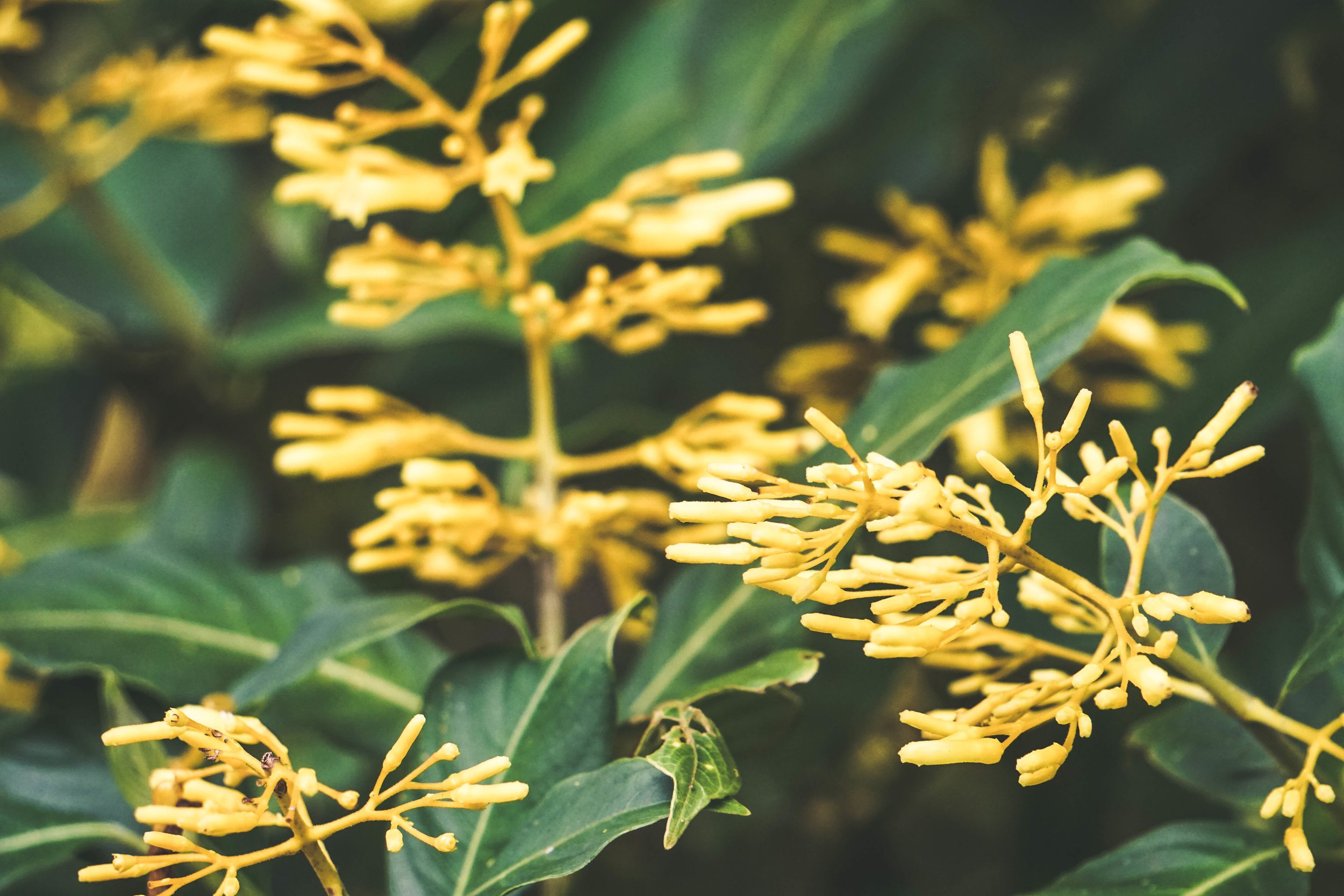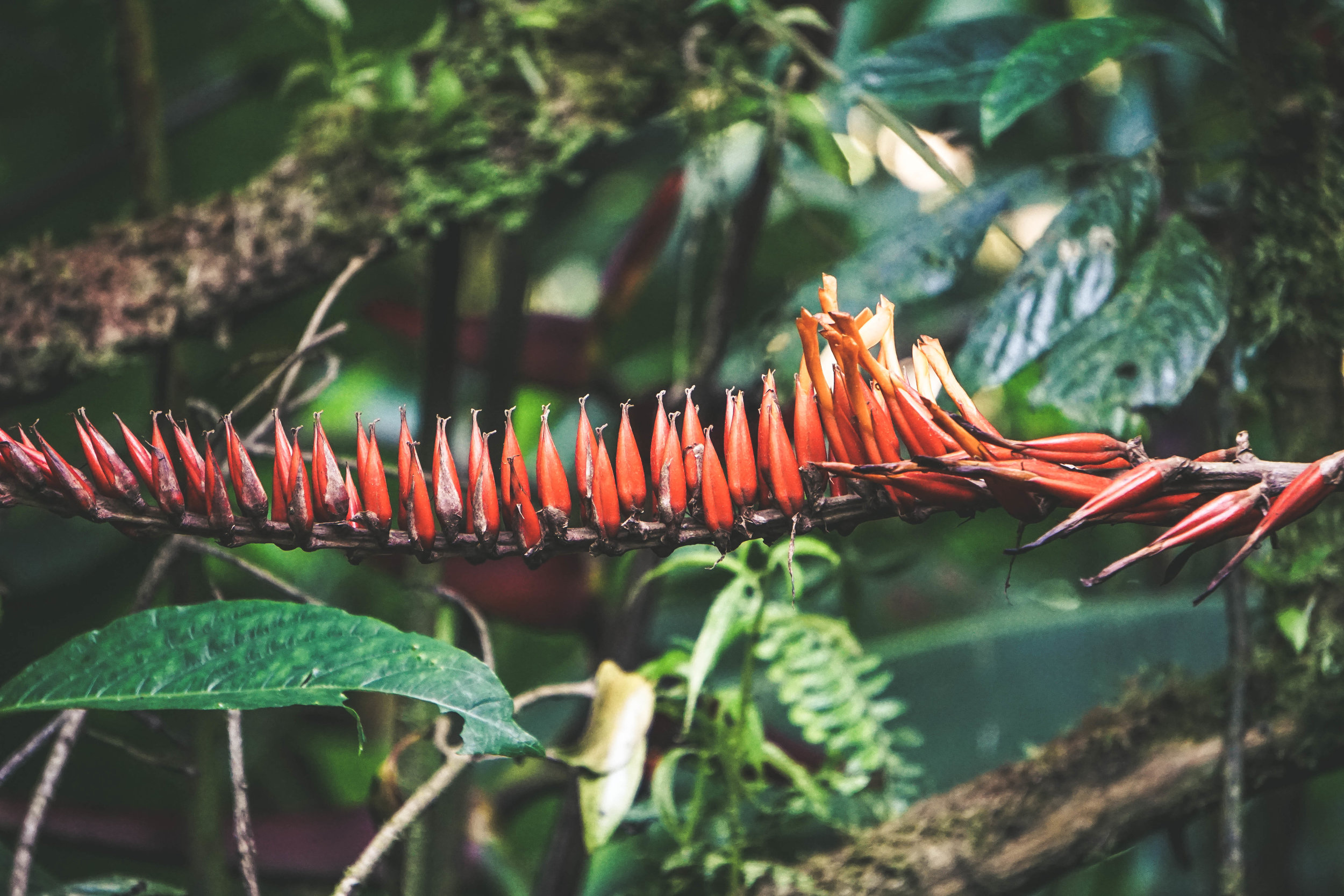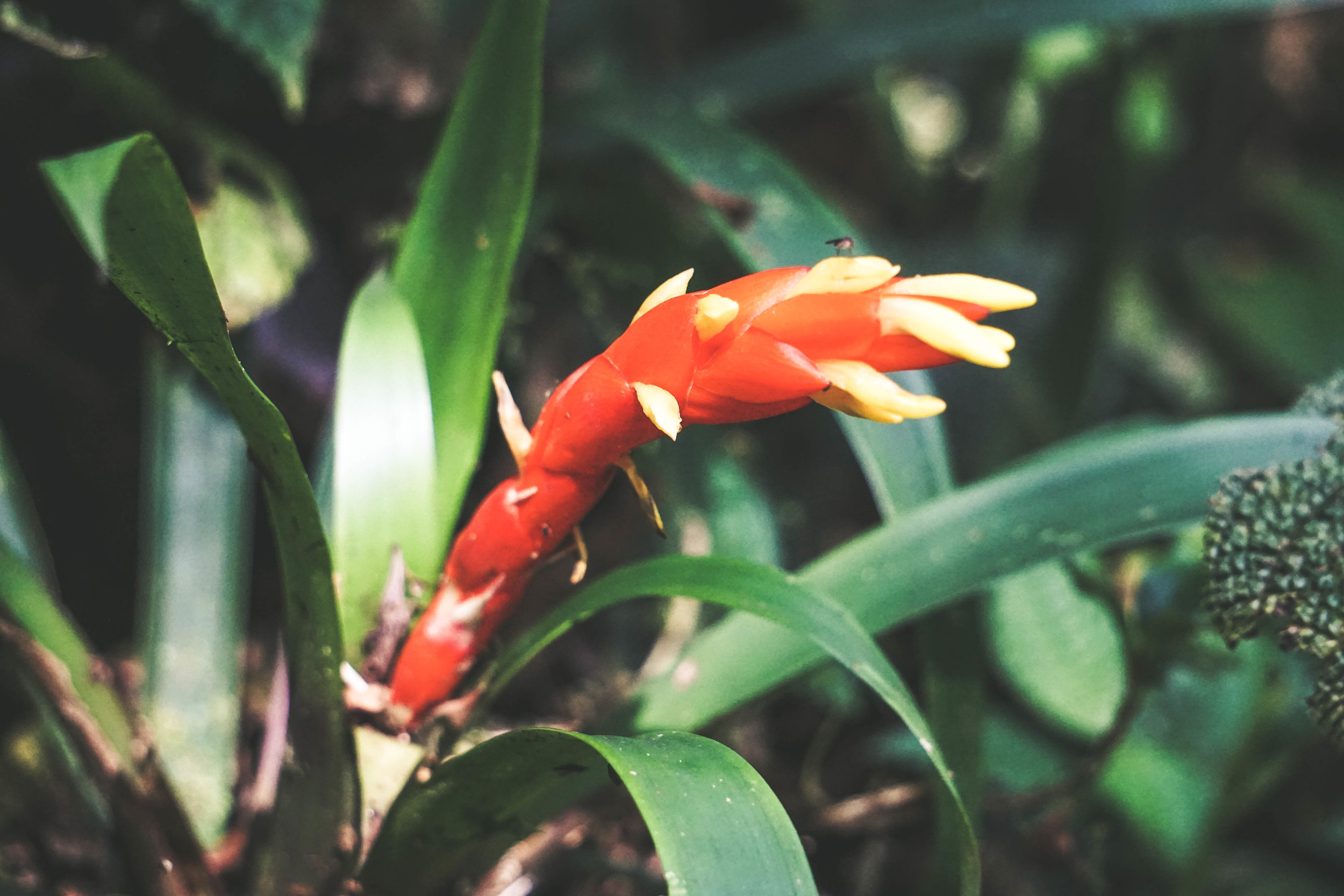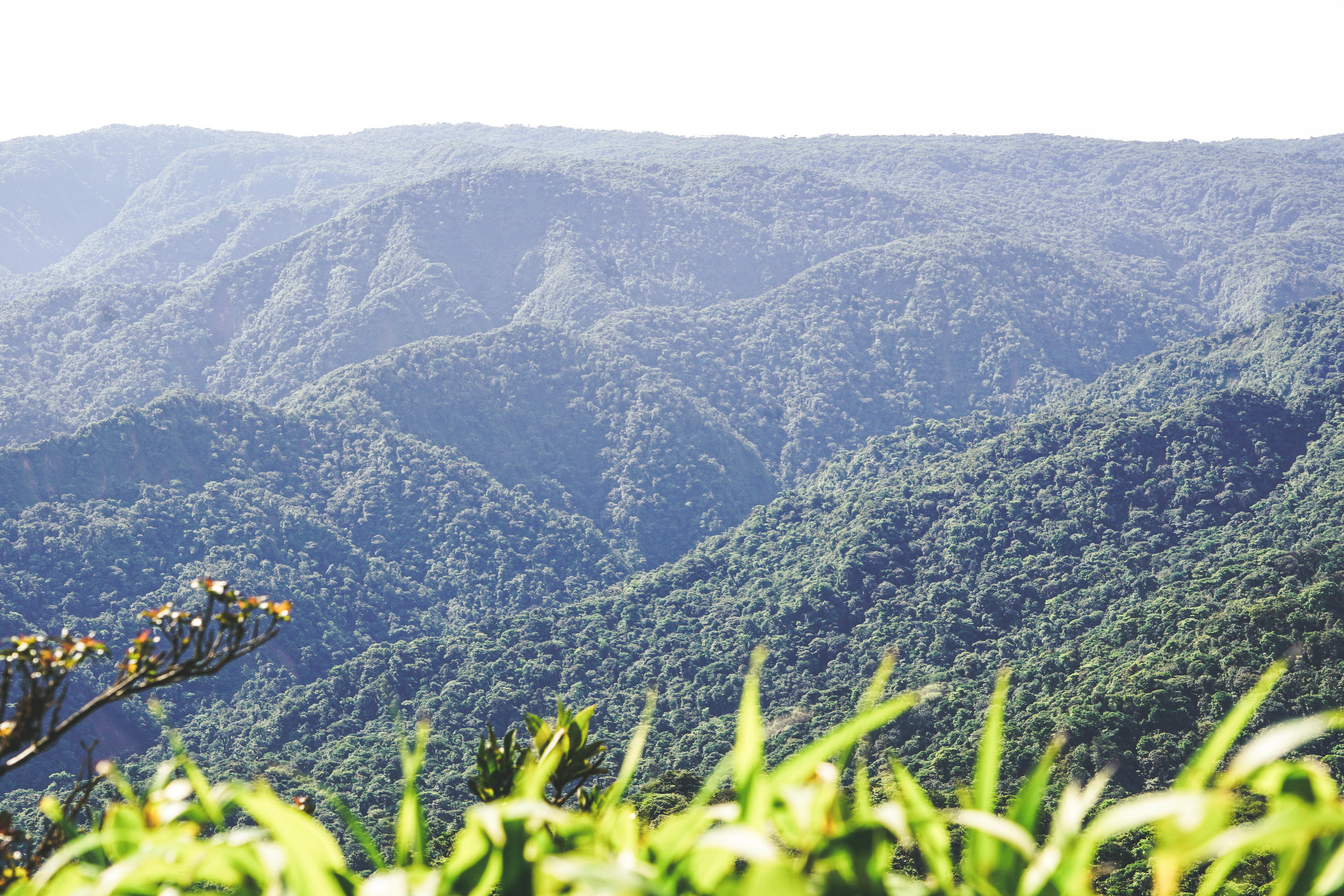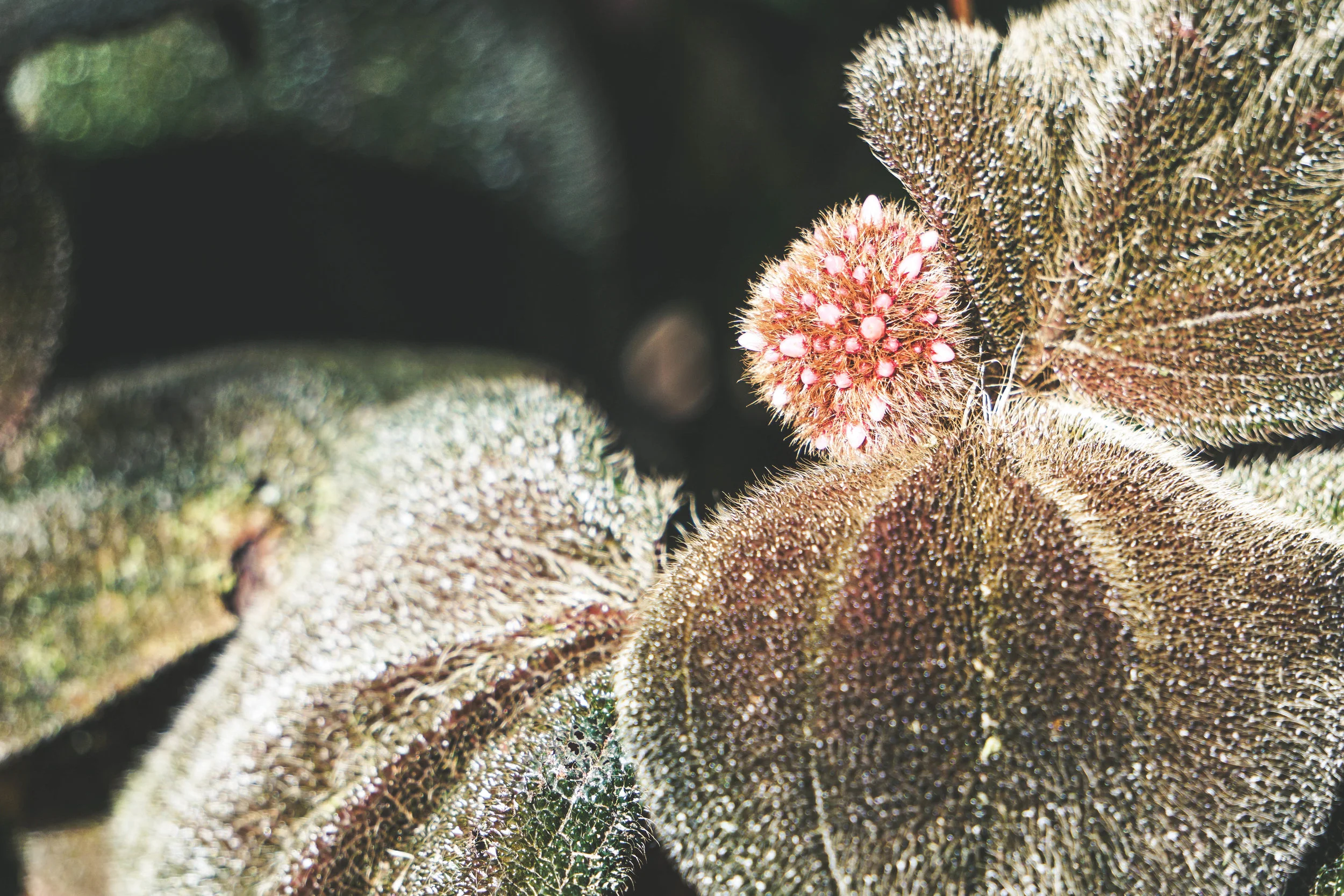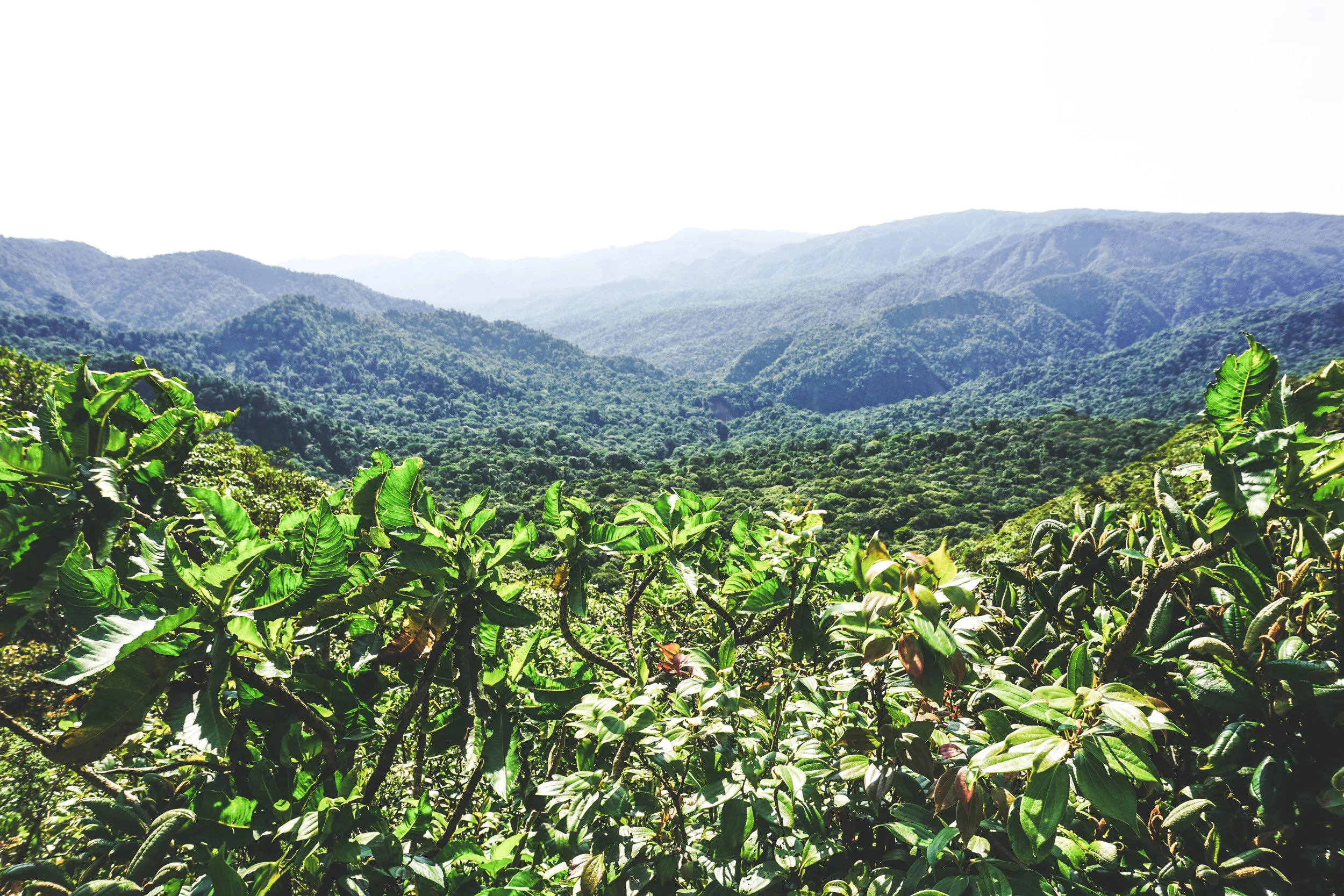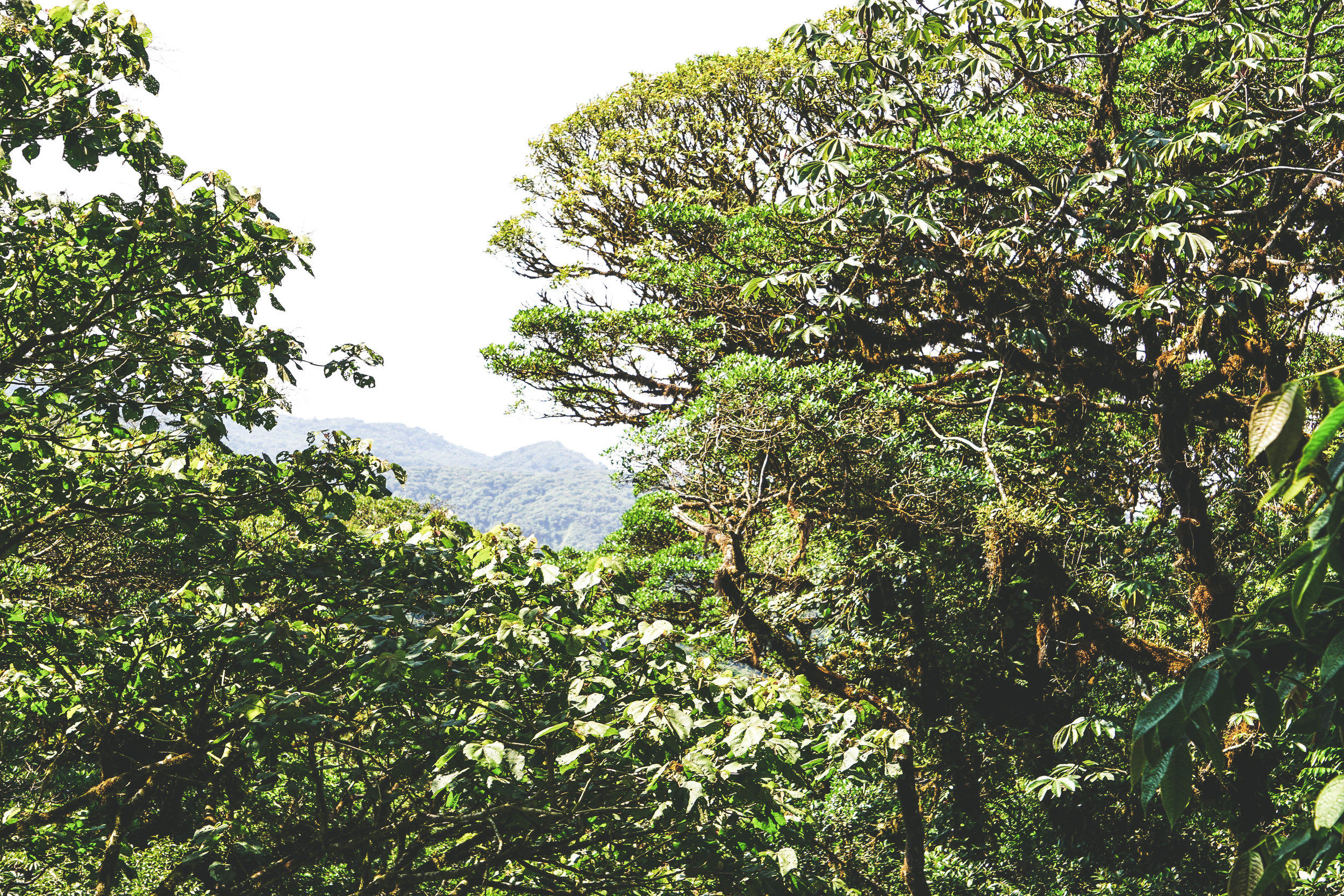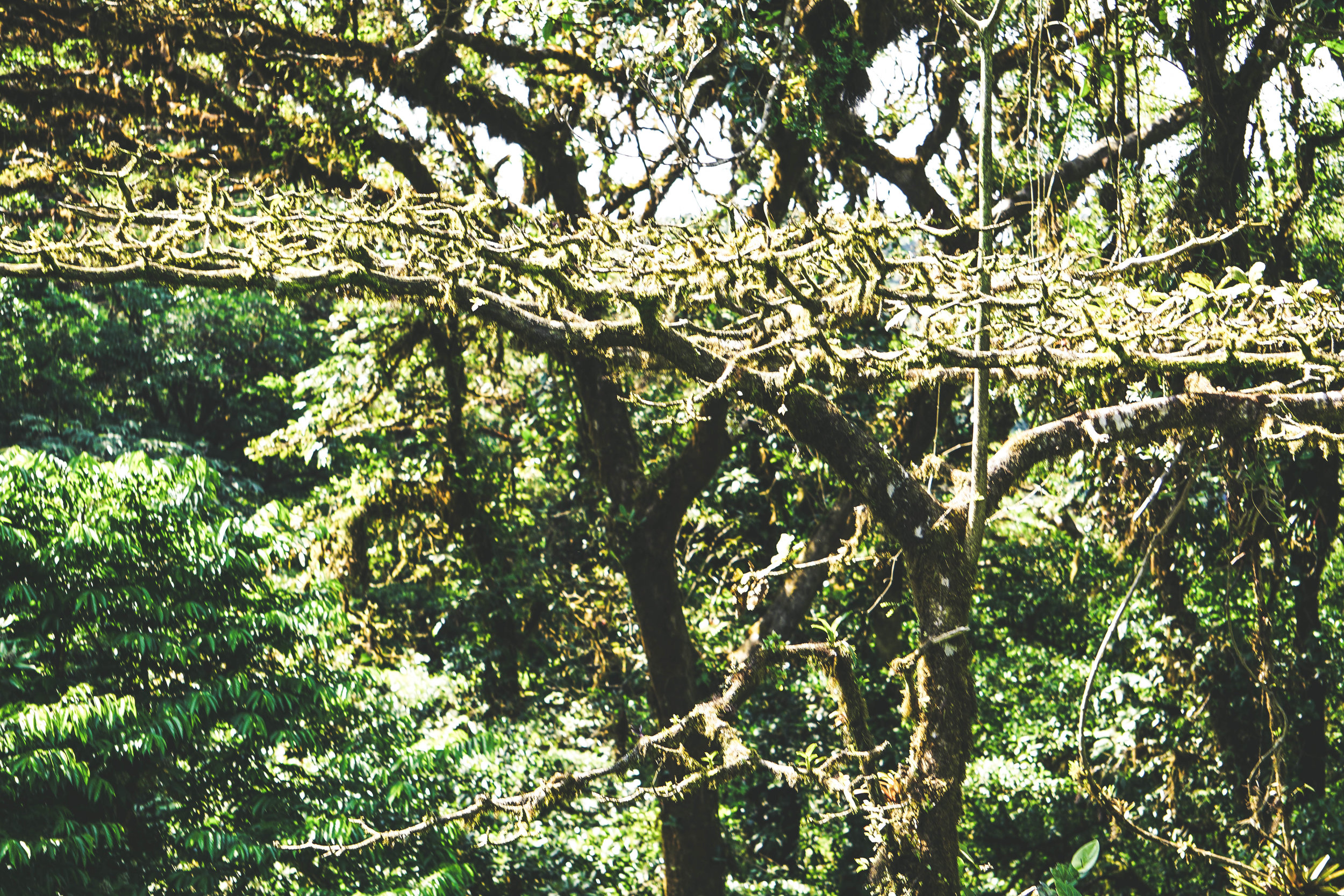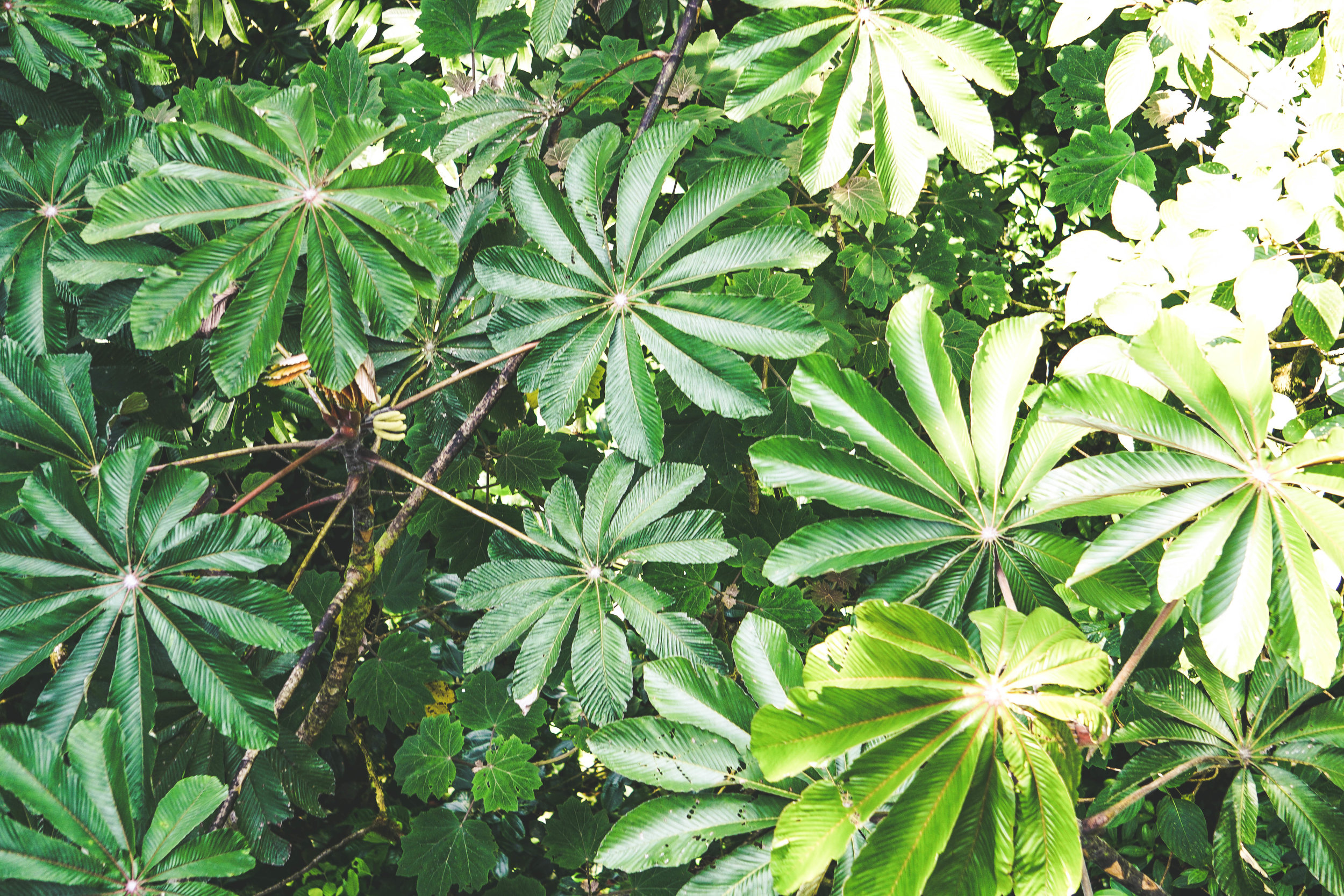The Everyday Travel Guide to Monteverde Cloud Forest Reserve, Costa Rica
by Rebecca Hollman
updated November 2, 2018
Introduction to Monteverde Cloud Forest
Monteverde Cloud Forest Reserve is a 26,000 acre reserve located in the Puntarenas and Alajuela Provinces of Costa Rica. The Reserve was started in 1951 by a group of Quakers, who moved from the United States. It was officially established in 1972. It contains 6 different ecological zones, including the extremely rare cloud forest or montane forest (known as bosque nuboso in Spanish). Cloud forests contain extremely high amounts of biodiversity and Monteverde has over 2,500 plant species, 100 mammalian species, 400 bird species, 120 reptilian and amphibian species, countless insect species, and the largest amount of orchid species in the entire world. The reserve is uniquely positioned on the Continental Divide - where the Atlantic and Pacific slopes collide.
Table of Contents
More About the Reserve
After the Quakers established the region in the 1950’s, biologists started to take notice of the area in the 1960’s and 1970’s. A graduate student, George Powell, took extra notice of the area and received a grant of 800 acres to protect the area from hunters and land squatters. Throughout the 80’s, tourism was rapidly growing in Costa Rica and more tourists started to visit the area. Today, over 70,000 visitors come to the reserve every year. Cloud forests are important for conversation because of the high biodiversity levels they contain. The thick cloud level condenses in the canopies and provides constant moisture for plants. The sun can’t penetrate through the thick cloud cover, therefore decreasing the evaporation rate and increasing moisture levels. The moisture allows for incredible amounts of plant life, and specifically a high abundance of epiphytes who pull the moisture directly from the air.
More About the Wildlife
Epiphytes are organisms that grow on the surface of a plant and get their water and nutrients from the air and rain. They are not considered parasites because they don’t negatively harm the host tree in anyway, and only use them as physical support. The most common epiphytes are mosses, orchids and bromeliads - such as Spanish moss. There are 878 types of epiphytes in the Monteverde Cloud Forest and this cloud forest is home to the largest number of orchids in the world. There is over 500 different species of orchids in Monteverde, 34 of which were new discoveries to science when the reserve was founded. Besides plants, Monteverde contains a high abundance of animal species as well. It is one of the only remaining areas that has all 6 species of the cat family - the ocelot, jaguar, puma, margay, oncilla and jaguarundi. Also common to see are white-faced capuchins, howler monkeys, pacas, agoutis, coutis, hummingbirds, and famous resplendent quetzal. The resplendent quetzal was considered a god by the Aztecs, and it can only be found in the cloud forests of Central America. It is known for its brilliant green and red plumage, and for its long tail feathers.
Hiking inside Monteverde
Trails inside the Park
1. Sendero Pantanoso and El Río
Distance: 1 mile and 1.2 miles, respectively
About: These two trails connect and go around the far outside of the reserve, following the Continental Divide. Passes swamps, magnolias, conifers, waterfalls and zapote trees.
2. Sendero George Powell
Distance: 0.1 miles (0.2 kilometers)
About: Named after the forest’s found George Powell and runs through secondary growth forest.
3. Sendero Tosi
Distance: 1.2 kilometer loop
About: Leads to the river, Quebrada Cuecha, and eventually connects to the El Río Trail.
4. Sendero Chomogo
Distance: 1.1 miles (1.8 kilometers)
About: This is the highest trail in the park, reaching 5,500 feet above sea level.
5. Sendero Roble
Distance: 0.4 miles (0.6 kilometers)
About: Leads to a grove of heliconia trees.
6. Sendero Wilford Guindon
Distance: 0.9 kilometers
About: Named after the cloud forest’s founder Wilford Guindon. Similar to the Camino and Bosque Nuboso trails.
7. Sendero Camino
Distance: 1.2 miles (2 kilometers)
About: A very wide trail that follows along a fire road (hence the name). Easy walking since it is walking along a road. Good trail to see butterflies and birds.
8. Sendero Puente
Distance: 0.6 kilometers. Across the suspension bridge.
About: This suspension bridge is 300 feet high in the air and gives great views of the surrounding canopy. Great place to relax and watch for birds (especially resplendent quetzals!)
9. Sendero Bosque Nuboso
Distance: 1.2 miles (1.9 kilometers)
About: Most popular trail in the park. Showcases the old growth forest and strangler fig plants of the park.
10. Sendero La Ventana
Distance: 0.2 kilometers.
About: Extension of the Camino trail that leads to a viewpoint over the Continental Divide.
Tips for Visiting the Cloud Forest
Weather: Monteverde is a cloud forest and that means its humidity is at 100% every day of the year. Because of this, the forest is always surrounded in a layer of fog/mist and is therefore ALWAYS wet. Even if it is not raining, the ground will be wet/muddy and the air will be damp. Always come to the reserve with a rain jacket, some warm layers and waterproof shoes or hiking boots. The rainy season in Costa Rica is from May to November and the dry season is from December to April but it will be wet here year round. You might be better off to come in the dry season (or edge months to avoid crowds) because in the rainy season there will be afternoon downpours most days. The average temperature in the reserve is 64 to 70 degrees.
Wildlife: Monteverde is brimming with tons of unique wildlife but it can be difficult to spot wildlife. It’s best to have your expectations that you will see a handful of cool animals and not a jaguar every 2 minutes. The animals in this reserve are mostly solitary and have tons of areas that are off limits to people where they would rather hang out. However, you can still see some really cool stuff if you’re patient and choose the right trails and right times. Jaguars (and other cat species) mostly only come out at night, but there is a small chance you can see a cat moving around during the day time. You’ll have better luck seeing bird species. I recommend going super early in the morning and starting with the suspension bridge. Spend some solid time here being quiet and just observing. This is where I saw both a male and female Resplendent Quetzal fly over head and then stop in a tree branch not too far away. Getting a guide is another way to increase your chances of seeing wildlife because guess what - that’s their job! I usually don’t go for guides but here, the guides have binoculars for you to see far-a-way birds, bird books to identify species, specific bird mating calls that they will play to increase the chances of birds coming closer, and many more tricks.
Crowds: This reserve is a popular spot and so can get really crowded - especially during the dry season (and Holidays!). My best advice to avoid crowds is to visit during the off season (either the wet season or during edge months), to get to the reserve as soon as it opens (most people aren’t dedicated enough to wake up at 6 AM), and to choose some trails that are less popular. If you go before most everyone is awake and pick the most popular trails then, by the time other people will be arriving in the reserve you will have moved on to less popular trails that you can have all to yourself.
Getting There
From Liberia, take the Pan-American Highway (Highway 1) until the turn off for Highway 145. This steep, dirt road will eventually lead you to Santa Elena. The total trip from Liberia is approximately 70 miles (112 km), but expect a longer drive because of the dirt roads. It is almost impossible to go faster than 40 kmph on these roads. From San Jose, take the Pan-American Highway going north until the intersection with Highway 145. The total trip from San Jose is 96 miles (155 km). Santa Elena can also be reached from Puntarenas (50 miles or 80 km) and La Fortuna (22 miles or 35 km). The road to Monteverde is one of the most technical drives in the country, so expect lots of potholes and slow driving.
Side note: I was able to drive the road (and everywhere else in Costa Rica) in a small car without 4 wheel drive. The road is bumpy and slow going, but is possible with just 2 wheel drive. Having a SUV with high clearance and/or 4 wheel drive would make your life a lot easier, but is not necessary.
Park Entrance and Fees
Hours: 7 AM to 4 PM daily
Fees: $20 for foreigners, $7 for Costa Rican citizens. Children under 6 are free and children between 6-12 pay half price.
Other Activities Close to Monteverde Cloud Forest
1. Hike Santa Elena Cloud Forest- Similar to the Monteverde Reserve, the Santa Elena Reserve protects 800 acres of cloud forest. It was founded in 1989, but is managed directly by the community of Santa Elena as opposed to a government agency. It has similar flora and fauna to Monteverde but also is a habitat for the spider monkey. Santa Elena offers 8 miles (or 5 kilometers) of trails to explore the cloud forest habitat. This spot gets only 10% of the amount of visitors that Monteverde does so spend some time here if you want to escape from the crowds or get a more personal guided tour.
Learn more about the Santa Elena Cloud Forest HERE
2. Hike Children’s Eternal Rain Forest/Bajos del Tigre- Similar to the Santa Elena Cloud Forest, it is another reserve created to maintain the ecosystem that offers hiking trails for visitors. It is the largest private reserve in all of Costa Rica and is over 86,000 acres! The reserve has 4 sections with the most popular being the Bajos del Tigre section. This section is considerably drier and warmer than other sections of the reserve. This reserve is even considerably less crowded than Santa Elena so the people here will be minimal. Explore one of the other three sections are you’re likely not to run into anyone else. You can either take a self-guided walk, a guided day walk or a guided night walk.
Learn more about the Children’s Eternal Rain Forest HERE
3. Bird watching at Curicancha Reserve- Curicancha is another private reserve in the area protecting the native cloud forest. It offers more hiking trails you can enjoy but is most famous for its bird watching tours. The reserve is only about 200 acres but it limits the amount of people it allows to enter to only 50 people per day. You can either do a self-guided tour ($14) or take a guided tour. I suggest specifically taking the bird-watching tour with a guide and then doing your own self-guided hiking in either Monteverde, Santa Elena, or the Children’s Rainforest (or all three of them!).
You can see a map of the reserve HERE
Learn more about the Curicancha Reserve HERE
4. Ziplining- After spending a day walking through the cloud forest and discovering it from the ground, why not spend a day flying over it from above. People are obsessed with ziplining in Costa Rica and Monteverde has some of the best ziplining Costa Rica can offer. Selvatura Park offers the longest zipline in Costa Rica at slightly over 1 kilometer long. Selvatura Park also offers tons of other activities that you can combine in with your ziplining experience. These activities include 8 canopy hanging bridges, a butterfly garden, a hummingbird garden, an insect museum, and a reptile and amphibian exhibit. Sky Trek is also a ziplining company in Monteverde.
Learn more about Selvature Park HERE
Learn more about Sky Trek Monteverde HERE
5. Hiking El Bosque Hotel trails- El Bosque Hotel is located in a quiet area close to the edge of the Santa Elena Reserve. The hotel offers mid-range accommodation, but also has a few miles of hiking trails around its property leading up to the edge of Santa Elena. The hiking trails are open to non-guests of the lodge. If you are going to be in Monteverde for more than a couple of days and have already hiked the three big reserves, I would highly suggest checking out some of these smaller hiking options. There will be almost zero other people there and still a similar chance to see wildlife. El Bosque also offers other activities like night walks, bird watching, and a natural history tour. You may even consider staying at the hotel so you can enjoy the trails early in the morning before heading to your other activities for the day.
Learn more about El Bosque Hotel HERE
6. Coffee/Cacao/Sugarcane tours- Costa Rica is famous for its coffee! Why not take a tour of a coffee plantation and learn how the crop is grown and harvested? You can also learn about how cacao and sugarcane are grown and harvested on this tour from Don Juan Coffee. The tour allows you to learn about the crop growing process, allows you to sample coffee/cacao/sugarcane, and allows you to have lunch and coffee served on tap. The tour lasts for about 2 hours and includes an optional buffet style lunch for $12. The most popular tour is offered by Don Juan Coffee but there are many other companies that do tours like El Cafetal, Cafe de Monteverde, Bella Tica, and Santa Elena Co-op. Bella Tica is known for their entirely recyclable packaging and only organically-grown coffee beans (!) so I highly recommend supporting an environmentally-conscious company. Bella Tica’s tour is $20 for 1.5 hours, which includes coffee tasting and a snack.
Learn more about Bella Tica Coffee HERE
7. Butterfly Garden- The butterfly garden is a small educational garden which has a wide array of native butterfly species. It also has an information center with a wide display of spiders and insects. Entrance is $15 USD for adults, $12 for students, and $10 for children. The garden is open from 8:30 AM to 4 PM every day of the year. This is a great option to add with the Orchid Garden, Bat Jungle, and Herpetarium to make a extremely educational and animal packed day.
Learn more about the Butterfly Garden HERE
8. Orchid Garden- Monteverde Cloud Forest is known for its orchid species and high levels of plant biodiversity. Because of the constant moisture in the air, orchids are able to live high up in other trees and get all their water directly from the surrounding air. The Orchid Garden showcases Monteverde’s vast orchid biodiversity and has more than 460 species of orchids in its collection. The garden is open from 9 AM to 5 PM every day of the week and entrance is $12 for adults, $10 for students and $6 for children.
Learn more about the Orchid Garden HERE
9. Bat Jungle- Small attraction that showcases live feedings and bats in their natural environment. The tour takes about an hour and shows you over 90 live bats, plus an ultrasound microphone that allows you to hear the bats vocalizing with each other. Open 9 AM to 6 PM daily but last tour is at 5.
Learn more about the Bat Jungle HERE
10. Herpetarium- Herpetology is the field of zoology that studies reptiles and amphibians. The herpetarium showcases some of Costa Rica’s frogs, lizards and snakes - including some of the country’s 22 poisonous snakes. This exhibit is small, but contains a good amount of animals in the collection. All tourists are bilingual and tours run about an hour long. The center is open from 8 AM to 8 PM every day. Cost of entrance is $13 for adults, $11 for students and $8 for children.
Learn more about the Herpetarium HERE
11. Cheese/Ice Cream factory- Since the area of Monteverde was settled by Quakers, the Quakers created a cheese factory using the milk from their own dairy cows. The factory quickly spread and was soon using milk from local farmers around the area. Now the factory works with over 250 farms in the Costa Rican central highlands and provides a living for many cattle farmers. The factory produces over 17 varieties of cheese and also produces ice cream using local crops to make the flavors. Some ice cream flavors include coffee, mango, coconut, orange and pineapple. The factory is open from 9 AM to 5 PM everyday
12. Horse Tours- Take a horseback riding tour around the Monteverde area - through the rich cloud forest or during sunset to view the Gulf of Nicoya. The best horseback riding tour in the area is Martin Horse Tour. Martin himself is the guide and takes you on the tour while giving great information and being your photographer. Expect to see a good amount of wildlife. The horses are great for all levels of experience.
Learn more about Martin Horse Tours HERE
13. Night tours- Want to see a completely different side of Monteverde? Take a tour at night to see the cloud forests in the dark and a whole different set of wildlife. There are lots of animals in the area that are nocturnal and you’ll only have a chance to see on a night tour. Many different companies give night tours including Kinkajou Night Walk, Fincus Tours, El Bosque, Curicancha, Santamaria’s, and Monteverde Wild Hikes. If you’re lucky you might even spot a kinkajou!









